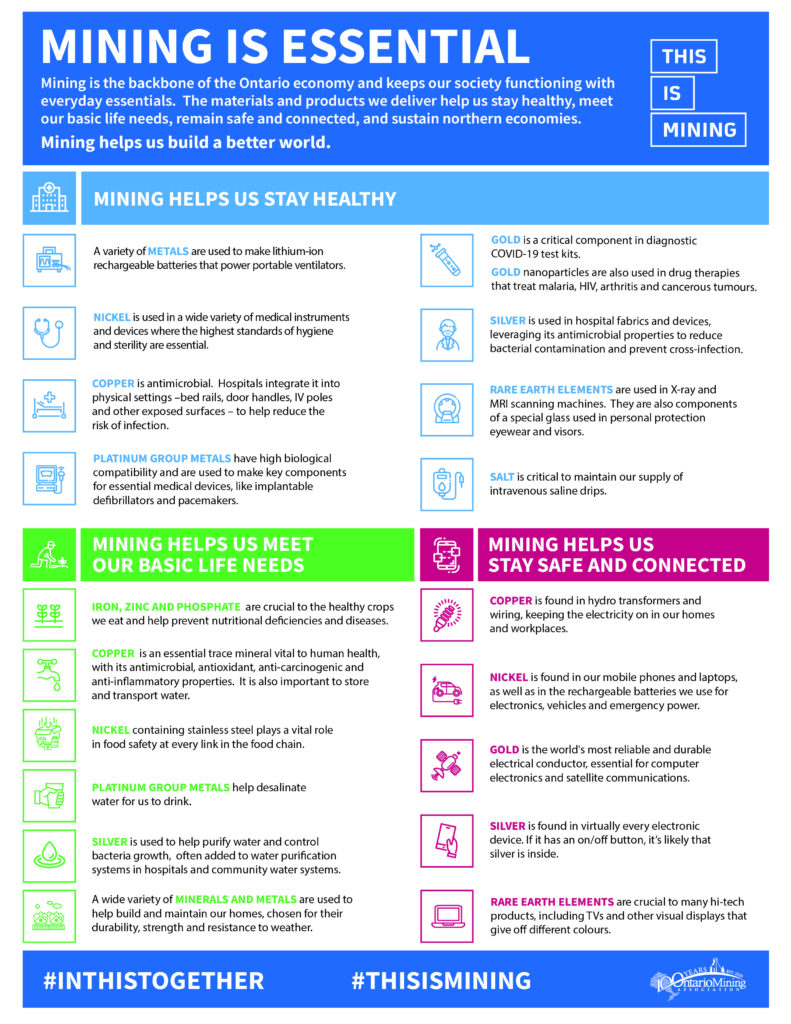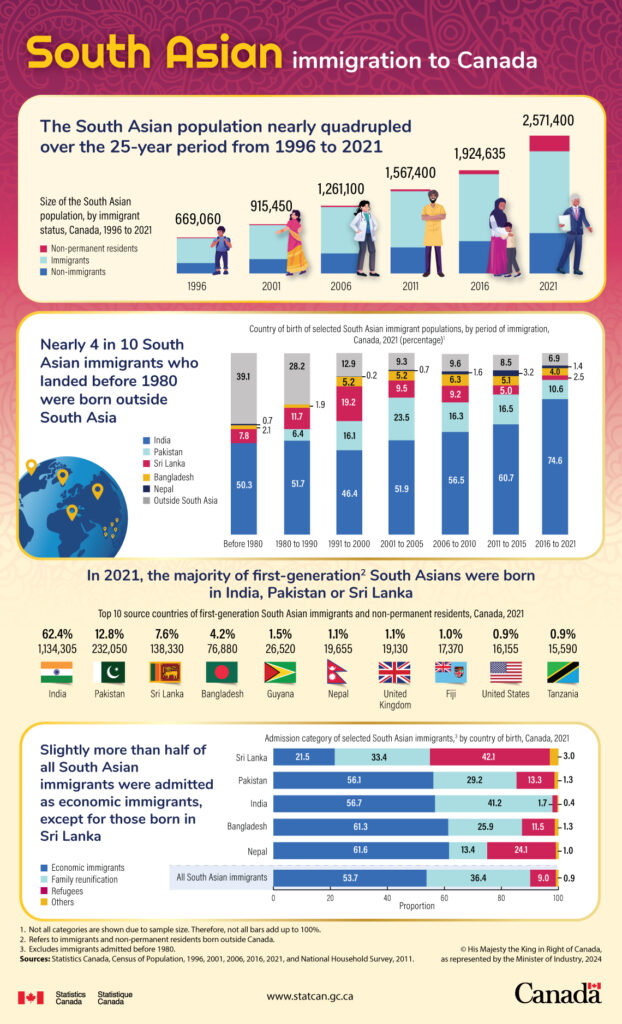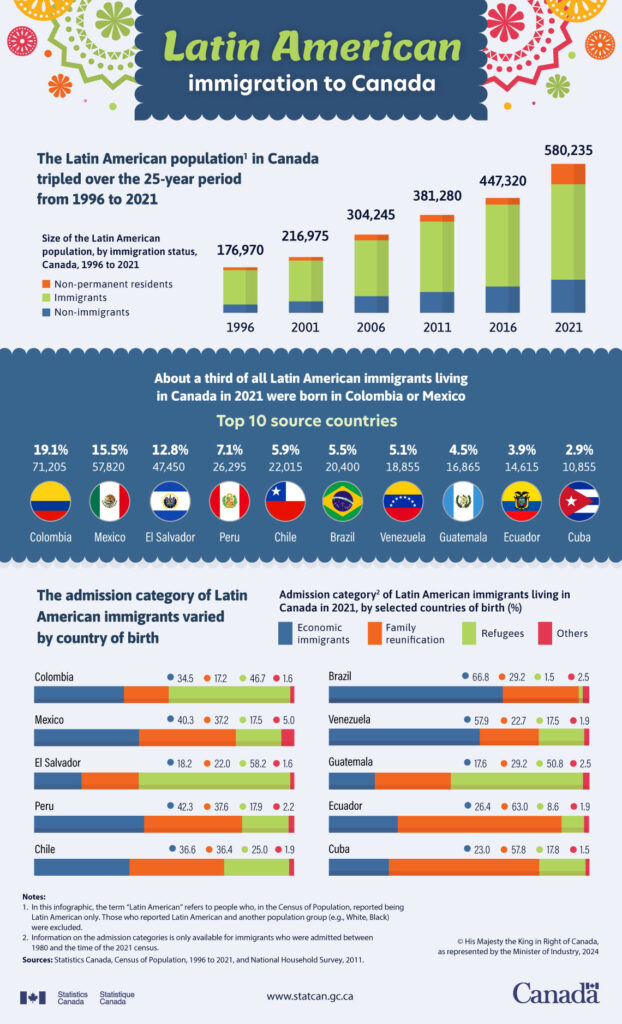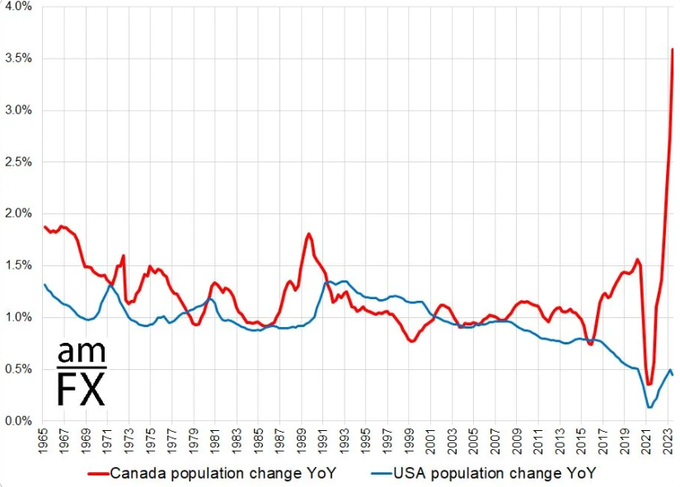An interesting article by Peter Boone and Simon Johnson of The Baseline Scenario blog discussed about the effects of regulatory constraints on Canadian banks.
From The Canadian Banking Fallacy article:
“Despite supposedly tougher regulation and similar leverage limits on paper, Canadian banks were actually significantly more leveraged – and therefore more risky – than well-run American commercial banks.  For example JP Morgan was 13 times leveraged at the end of 2008, and Wells Fargo was 11 times leveraged. Canada’s five largest banks averaged 19 times leveraged, with the largest bank, Royal Bank of Canada, 23 times leveraged.  It is a similar story for tier one capital (with a higher number being safer): JP Morgan had 10.9% percent at end 2008 while Royal Bank of Canada had just 9% percent. JP Morgan and other US banks also typically had more tangible common equity – another measure of the buffer against losses – than did Canadian Banks. ”
A January report from McKinsey Global Institute shows that, based on assets to equity ratio Canadian banks are not in great shape. In fact, globally they are the third worst after Switzerland and Japan.
Before the financial crisis, Canadian banks ranked 4th in terms of leverage ratio.
Source:Â Debt and Deleveraging: The global credit bubble and its economic consequences, McKinsey Global Institute
The five Canadian banks trading in the US markets are Royal Bank of Canada(RY), Toronto-Dominion Bank (TD), Bank of Montreal(BMO), Bank of Novo Scotia (BNS) and Canadian Imperial Bank of Commerce (CM).




I’m sure you read the MIT report too…
Ya but American banks -Lehmann,Goldman Sachs etc steal money from customers and governments; they commit white crime collar in an order of magnitude fashion. What a useless comparison !
your comparison of the degree of leverage gy banks inCanada vs other countries misses the belated fact that in the USA you had asystem of writing mortgages and converting them into other complex financial products,to be sold worldwide,that were rated AAA,while during the 3 years before the crash an increasing number of the mortgages werefor various reasons ‘sub-prime’.In Canada,under a more strictly regulated system,junk bonds being ‘over-rated’ was not a signicant problem,but in the USA,because of a lack of interst in regulating, and your over the top focus on incentivrs,pay based on recent performance,you attracted a lot of ‘mortgage writers,who,as the systrm allowed,could make $100 000 or more just gaming the system.No down payment,no prodlem;no income;not serioud,as houseprices will keep going up,right.To understand the total difference N and S of 49 would need a discussion in some depth yhat I do not dee coming.After all,you are sdtill yhe ‘king of the road.I am 81,withe eye problems.